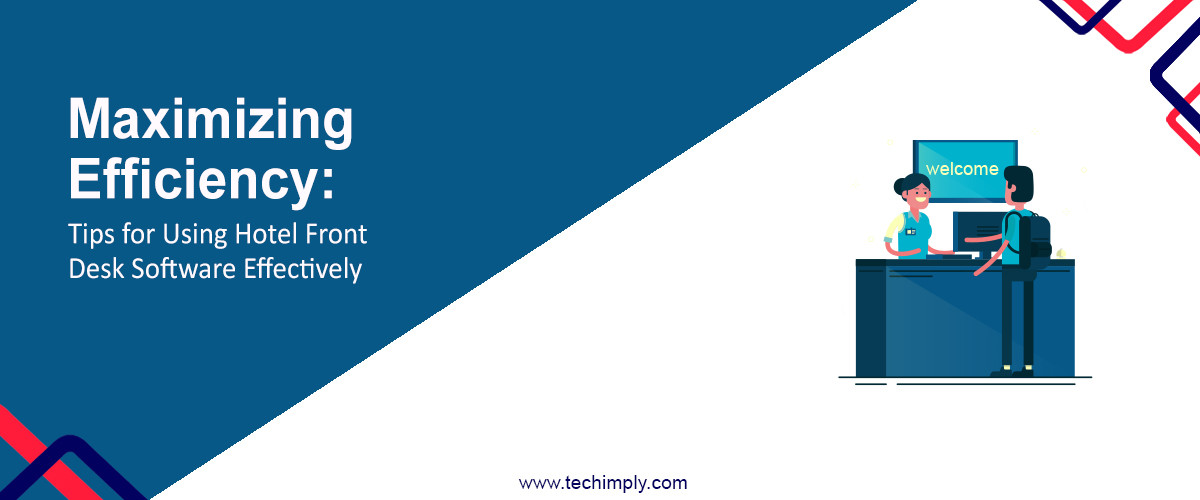Over the past decade, hybrid cloud adoption has continued to grow. But why are so many organizations adopting hybrid cloud and how can you be sure that your company needs what a hybrid cloud has to offer?
Hybrid clouds have many benefits. Most of these benefits narrow down two two categories: cost efficacy and infrastructure flexibility. While opting for a public or private cloud solution Hyperscale providers offer IT teams extensive resources and scalability, but you don’t need to use them for all of your workloads and data.
Private clouds are costly and cumbersome but they also provide scalability and flexibility. When you combine these cloud approaches and add on premise infrastructure, such as dedicated servers, you accomplish a hybrid cloud model, which eliminates many of the drawbacks of both private and public clouds. In this article, we’re detailing how a hybrid cloud environment can provide the best of both worlds when it comes to the rapidly changing cloud environment.
Hybrid Cloud Benefits
- Cloud savings undoubtedly drive cost savings but their main value comes from the ability to transform business processes through digital systems. Technology management organizations have two primary concerns: an IT agenda and a business transformation agenda. The goal for many technology teams has been to save money. However, that is starting to shift with the ever-increasing investment opportunities that save money down the road.
- Investing in the hybrid cloud is an example of one of the new initiatives that at first glance, might seem too cumbersome and costly a transition for businesses. However, the initial pains of switching to a hybrid cloud are minimal compared to the agility they provide organizations. Combining or adding public clouds, private clouds, and on-premise servers is an excellent way to ensure you stay both cost-effective and agile throughout your entire organization, no matter its size.
Public Cloud Advantages and Disadvantages
- Public cloud providers such as AWS and Azure give you access to a public cloud that acts as a rental service for their distributed data centers. Public clouds deliver cloud infrastructure as a service (laaS). With their massive economies of scale, it’s easy to scale and run fully automated. However, companies often don’t need the resources thes hyperscalers provide and it’s important to note that alternative cloud providers provide much of the same services as hyperscalers at a fraction of the cost.
- This represents another reason why companies need to start considering their flexibility when choosing their cloud solutions. Not only can you use a hybrid cloud for scalability, you can also use a multi-cloud solution in which you use a hyperscale provider and an alternative cloud provider to customize your cloud solutions and reduce spending.
Advantages of the Public Cloud
Whether you use an alternative cloud provider or a hyper scale solution, public cloud providers offer various benefits, such as the following:
-
Scalability- You achieve almost unlimited resources on-demand with the public cloud.
-
Limited CapEx- Because you won’t need to purchase all your on-premise data, you can reduce your expenditure.
-
Reliability- Because your services are distributed across multiple data centers, you won’t experience as much downtime.
Disadvantages of the Public Cloud
The disadvantages of the public cloud are as follows:
-
Reduced control over data sovereignty- You won’t know where your data operations are operating. As a result of not knowing where your data operates, you won’t know the rules and regulations your data needs to adhere to.
-
Increased (OpEx)- As you scale your performance, so too does your cost-per-hour.
Private Cloud Advantages and Disadvantages
Private Cloud Advantages
The advantages of private clouds are as follows:
- Data Security: Your data and applications remain behind your firewall and are only accessible by your enterprise. This makes private clouds ideal for processing and storing sensitive data.
- Potentially lower TCO: With private clouds, you can potentially lower your opex over time.
- Greater control and customization: Private clouds give you more control over your functional preferences.
- Flexibility: Private servers give you the ability to move less-sensitive data to the public cloud and accommodate sudden bursts of demand to your private cloud.
Private Cloud Disadvantages
The disadvantages of private clouds are as follows:
- Higher costs: Increased initial charges and paying for equipment can quickly rack up costs on your private cloud solution.
- Responsibility: Operating and maintaining your own data center, IT hardware, and enterprise software is a hefty duty.
- Less flexibility: As you scale IT resources up or down, you lose the agility.
Is Hybrid Cloud Right for You?
Because there are drawbacks to the public and private cloud, hybrid clouds make the most sense. Hybrid clouds offer the benefits of public and private clouds while taking advantage of an existing on-site data center.Hybrid clouds let applications interoperate across your organization, between cloud instances, and between architectures. You need this same level of agility for data and whether you’re handling workloads or datasets, you need to plan for evolving IT needs.
Hybrid cloud architectures feature the following characteristics:
-
Your on-premise data center, private/public cloud resources, and workloads are connected under a common data management system while remaining partitioned.
-
The ability to connect existing systems that run business-critical applications or contain sensitive data perhaps not suited for the public cloud.
-
Hybrid cloud infrastructures are enabled by data fabric, which is software that provides a common set of data services across a combination of IT resources.
Hybrid Cloud Scenarios
Hybrid clouds work best for the following scenarios:
-
Dynamic or frequently changing workloads
-
Critical workload separation
-
Big data processing
-
Cloud migration
-
Processing capacity needs
-
Flexibility for the future
-
A solution that offers the most benefits

.png)


.png)

